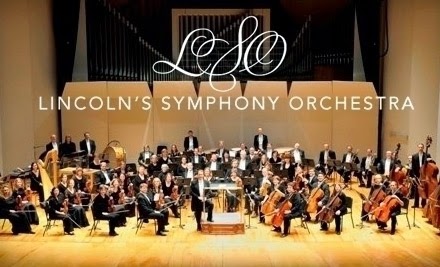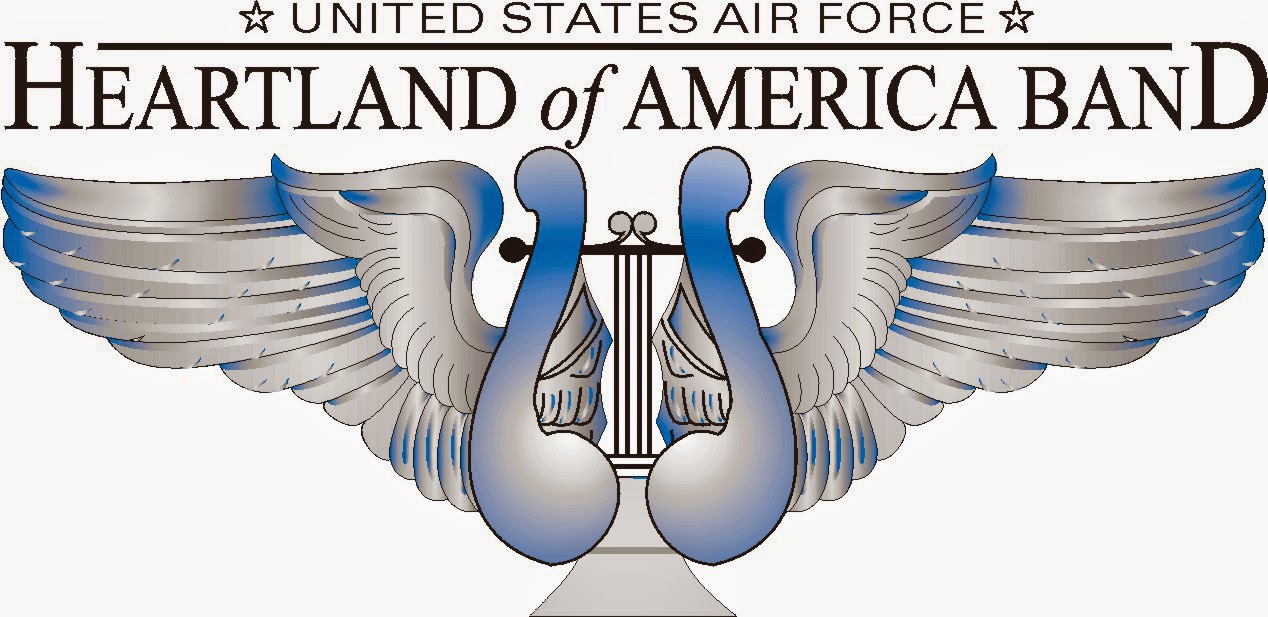Wednesday, October 29, 2014
We Gather Concert Music Selections
A Success! That's what I have to say about the concert on Sunday afternoon. I am so proud of the work the Lincoln Choral Artists did to make a great concert. This was an experience, an event, something very special. I have a attached a few choice excerpts to this link for you to enjoy again or if you didn't make to this concert as a teaser for the upcoming concert "With One Step...Peace," or Holiday celebration of music and peace.
Tuesday, October 21, 2014
THIS IS IT!
 Though we are not like Michael Jackson, if you remember the build up and excitement around what was supposed to be the greatest concert of pop music history, this was an event.
Though we are not like Michael Jackson, if you remember the build up and excitement around what was supposed to be the greatest concert of pop music history, this was an event.So what is this "this" I am talking about?
Choral Music
A totally unique form of communicating in the voice of a people our "hopes and fears for all the years," our joy and spirit, our love of the art....
Are you going to come and experience a Choral Concert? Part of the audience's job is to come with an open mind and heart. We are also asking you to come with open hands. Bring some food for the
THIS IS IT! This is going to be an event! This is going to be an experience!
"Come and Taste and See" our first concert of the season:
With One Step...We Gather
October 26, 2014 | 3:00 pm - O'Donnell Auditorium, Nebraska Wesleyan University
Rogers Center for Fine Arts
Monday, October 13, 2014
LCA Past and Future
I am very excited! The opening concert of the
is just around the corner. The energy and joy of singing is happening every week in rehearsal. We are so thankful to First United Methodist Church and First Plymouth Church offering their facilities to us for rehearsal. And we are so grateful for the continued support of Nebraska Wesleyan University for the use of their space for rehearsals and performance.
For those who may not know here is a little of the history of Lincoln Choral Artists:
Lincoln Civic Choir was founded in 1979 at Union College, as a part of the Lincoln Civic Experience.
Under Wyman’s direction, the choir left the umbrella of the Lincoln Civic Orchestra and formed its own nonprofit designation. Its membership grew and moved into residency at Nebraska Wesleyan University.
During his run, the choir performed three or more concerts a year and collaborated with such groups as Lincoln’s Symphony Orchestra, TADA, Omaha Symphony and the Military Band of the Heartland. Its holiday concert has become a popular Lincoln pastime, with the choir often featuring youth ensembles at it -- another source of pride to Wyman.
In 1992, the Lincoln Civic Choir, presented the area premiere of Ron Nelson's "Te Deum Laudamus" with the Military Band of the Heartland along with one of the first performances of Omaha composer Randall Stroope's "Hodie" with the Plymouth Brass. In the spring of 1995, the choir appeared in Avery Fisher Hall at Lincoln Center in New York City along with the NWU Choir, the choirs of the four Lincoln public high schools and New York's Westside Orchestra. We also performed the piece in Lincoln with the Lincoln Symphony. In May, 1997, the choir performed with the Military Band of the Heartland in a concert featuring the music of Howard Hansen.
LCC regularly joined the Nebraska Wesleyan University Choir and Lincoln's Symphony Orchestra in concerts at the Lied Center and other performance venues. Recent performances of this type have included Rachmaninoff's "Vespers," Orff's "Carmina Burana" and Mozart's "Grand Mass in C Minor." In March, 2006, the choir made its first guest appearance with the Omaha Symphony Orchestra.
I am so proud to have opportunity to build on this history in our upcoming concert. We will really stretch the listener's ear with music from around the world that reminds us of the joy of coming together in music and fellowship.
Monday, October 6, 2014
Communal Song: Shape-note singing and Americana, Traditions in the US
So I have obviously made all of you very curious to read this blog with such an ostentatious title (heavy sarcasm!) Congrats if you are still reading. I am always leery about using the colon in my title. It can seem pretentious and obnoxious.
Today I am mostly concerned about why we sing. Last we I talked about the importance of the communal act of singing. Today I want to talk a little about the history of why we have choirs, particularly in the US, and why the traditions still have a place in society.
Robert Morgan says that 2 main factors created the choral tradition in America: a scarcity of instruments in the colonial years and the heavy role of religious life, especially in Puritan traditions.
Puritans actual forbade instruments in worship. So community singing, choirs, became a natural form of musical expression in worship. It wasn't anything new. Most of western music history traces it's way through the Christian church with the largest portion of music based in choral writing and congregational singing.
A major difference in the American tradition is that for the first part of our history, colonial days to the early 19th century, the music was actually divorced from and developed independently from the European Schools. No where is this more evident than in the music of Shape-Note singing,
On the fall LCA concert "We Gather" we are singing a song based in that tradition, Big Sky. Though the text and tune are newly composed, the essence and stylistic intent of the composer clearly reflects the Shape-Note style. Here is an example of a traditional shape note score and a video of a performance.
The basic tonal color, as you can hear, is very bright and forward. There is basically one volume, LOUD! The director changes with each song sung. The choir, or really communal gathering, of Shape-note conference singers, sit in a square with each section, SATB, facing the center. This is Holy music, and the tradition lives on to this day with Sacred Harp conferences all over the country.
Another selection from the fall concert includes: "How Can I Keep From Singing?" (also known by its first line of text "My Life Flows On in Endless Song"), a Christian hymn with music written by American Baptist minister Robert Wadsworth Lowry. The song is frequently, though erroneously, cited as a traditional Quaker hymn.
Pete Seeger learned a version of this song from Doris Plenn, a family friend, who learned it from her North Carolina family. His version made this song fairly well known in the folk revival of the 1960s. Seeger's version omits or modifies much of the Christian wording of the original. A reference in the added verse intended by Seeger and by Plenn—both active in left-wing causes—is to 'witch hunts' of the House Un-American Activities Committee (Seeger himself was sentenced to a year in jail in 1955 as a result of his testimony before the Committee, which he did not serve due to a technicality). Most folk singers, including Enya, have followed Seeger's version.
 It is also sung by Dahlia Malloy (Minnie Driver) in the episode 'Virgin Territory' from Season One of FX's The Riches.
It is also sung by Dahlia Malloy (Minnie Driver) in the episode 'Virgin Territory' from Season One of FX's The Riches.
Today I am mostly concerned about why we sing. Last we I talked about the importance of the communal act of singing. Today I want to talk a little about the history of why we have choirs, particularly in the US, and why the traditions still have a place in society.
Robert Morgan says that 2 main factors created the choral tradition in America: a scarcity of instruments in the colonial years and the heavy role of religious life, especially in Puritan traditions.
Puritans actual forbade instruments in worship. So community singing, choirs, became a natural form of musical expression in worship. It wasn't anything new. Most of western music history traces it's way through the Christian church with the largest portion of music based in choral writing and congregational singing.
A major difference in the American tradition is that for the first part of our history, colonial days to the early 19th century, the music was actually divorced from and developed independently from the European Schools. No where is this more evident than in the music of Shape-Note singing,
On the fall LCA concert "We Gather" we are singing a song based in that tradition, Big Sky. Though the text and tune are newly composed, the essence and stylistic intent of the composer clearly reflects the Shape-Note style. Here is an example of a traditional shape note score and a video of a performance.
Another selection from the fall concert includes: "How Can I Keep From Singing?" (also known by its first line of text "My Life Flows On in Endless Song"), a Christian hymn with music written by American Baptist minister Robert Wadsworth Lowry. The song is frequently, though erroneously, cited as a traditional Quaker hymn.
Pete Seeger learned a version of this song from Doris Plenn, a family friend, who learned it from her North Carolina family. His version made this song fairly well known in the folk revival of the 1960s. Seeger's version omits or modifies much of the Christian wording of the original. A reference in the added verse intended by Seeger and by Plenn—both active in left-wing causes—is to 'witch hunts' of the House Un-American Activities Committee (Seeger himself was sentenced to a year in jail in 1955 as a result of his testimony before the Committee, which he did not serve due to a technicality). Most folk singers, including Enya, have followed Seeger's version.
In the late 1970s and early 80s, How Can I Keep From Singing was recorded by Catholic Folk musician Ed Gutfreund (on an album called "From An Indirect Love"), and the music was published in a widely used Catholic Hymnal called "Glory and Praise", and was popular among Catholic liturgical music ministers, especially those who used guitar. In this, and in an 1993 recording by Marty Haugen, Jeanne Cotter, and David Haas, the quatrain beginning: "No storm can shake my inmost calm ..." is used as a repeated refrain.
 It is also sung by Dahlia Malloy (Minnie Driver) in the episode 'Virgin Territory' from Season One of FX's The Riches.
It is also sung by Dahlia Malloy (Minnie Driver) in the episode 'Virgin Territory' from Season One of FX's The Riches.
In his radio singing debut, actor Martin Sheen performed this song (using the Plenn–Seeger lyrics) on A Prairie Home Companion in September 2007.
So what do we get out of this? First of all a great choral music heritage that grew from some of these songs' traditions and the development of choral organizations in the colleges and civic organizations. Second, a sense of connection with our past, heritage, and the spirit of music. Finally, a realization, I hope, that choral music embodies a part of the human spirit that is only possible when a group of people come together to make music with their voices. It is a completely unique, yet very common and communal, endeavor. And I hope that the Lincoln Choral artists convey our sense of these traditions, while still moving forward, and offer our audience a great "in the moment" experience of being in community.
Subscribe to:
Posts (Atom)













